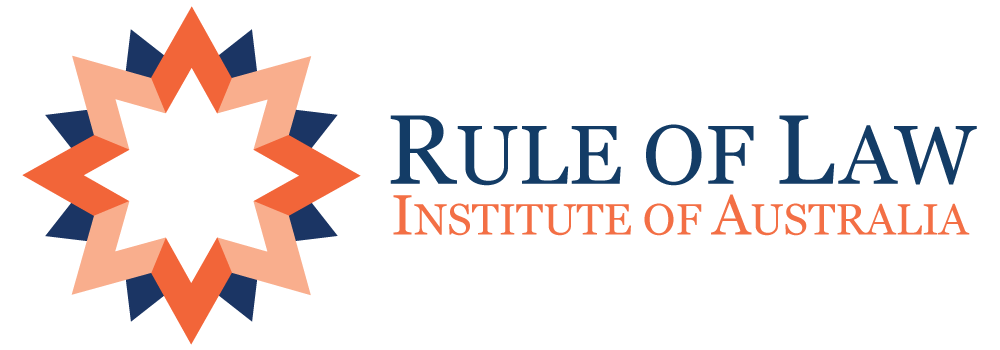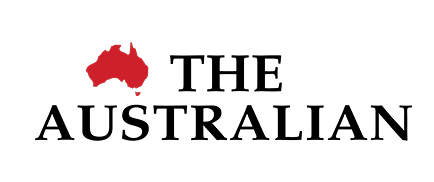The revolt over proposed restrictions on religious schools is close to uniform among the nation’s peak religious leaders. But that does not mean the threat to religious freedom is close to defeat.
A parliamentary committee has been working on a second plan that could prove just as damaging to religious freedom as the changes proposed by the Australian Law Reform Commission.
The commission’s proposals amount to a direct attack on the freedom of religious schools to use hiring and enrolment practices that reflect their faith. The clarity of this attack has prompted a coalition of 24 Christian, Islamic and Jewish leaders to warn that if this goes ahead it would make religious schools indistinguishable from state schools.
In light of the government’s sensitivity to Islamic opinion, this might be enough to make it clear the commission’s plan would impose a terrible political cost on Labor.
The ALRC’s plan generated a united response precisely because of its clarity. Religious leaders knew what they were facing. That might not be the case next time.
The government could still achieve much the same outcome by wheeling out a fallback plan that has been in the works for a year.
In March last year, Attorney-General Mark Dreyfus asked federal parliament’s human rights committee to consider whether Australia should enact a statutory charter of rights based on a model drawn up by the Australian Human Rights Commission. Freedom of religious teaching is one of the rights that are listed in the AHRC model.
But don’t be fooled.
This is not a step in the right direction.
The model charter drawn up by the Human Rights Commission would have much the same result as the plan drawn up by the Law Reform Commission.
Under both schemes, religious schools that adhered to their religious precepts would risk being sued over their hiring and enrolment practices. The model charter being considered by this committee ostensibly draws on a number of treaties including the International Covenant on Civil and Political Rights – which Australia has ratified.
But it departs from the ICCPR in a crucial way: the Human Rights Commission’s model would make it easier to erode freedom of religion.
Limitations on all rights would be acceptable whenever this was considered “reasonable” and “demonstrably justified in a free and democratic society. Those restrictions are broad and open-ended. They do not appear in the provision of the ICCPR that guarantees the right to manifest freedom of religion in observance and teaching.
Articles 18 and 19 of of the ICCPR , which cover freedom of religion and freedom of expression, make it clear these rights can only be restricted if this is “necessary” in order to respect the rights and reputations of others or to protect national security, public order, public health or morals. That is a specific and narrow list of permissible restrictions which is appropriate given the importance of freedom of religion and expression.
But under the model that the parliamentary committee was required to consider, restrictions on religious education could be imposed in much broader circumstances – whenever this was considered “reasonable”.
And who would it be that makes the initial determination about whether religious schools have crossed the line?
Under the Human Rights Commission’s model, that power would be vested in the commission – the same organisation that decided to depart from the narrow restrictions on religious freedom that are outlined in the ICCPR.
Complaints that religious schools – or anyone else – had breached the charter rights of others would go first to the commission for “mediation” and if they fail to succumb, then it’s off to court. The practical effect would be to subject religious schools to oversight by the Human Rights Commission – the same organisation that does not want these institutions to have the level of protection that is mandated under the ICCPR.
The Human Rights Commission also wants the federal government to create a statutory cause of action so “unlawful actions and decisions” in relation to the rights listed in the charter would give rise to a stand-alone cause of action.
Once schools are dragged into court they would be subjected to “remedies” that would include injunctions, orders requiring action and payment of monetary damages.
This should be a warning for those religious leaders who took a stand against the Australian Law Reform Commission.
The model charter drawn up by the Human Rights Commission could prove just as damaging.
Governments could impose restrictions on religious education that would not be legitimate under the ICCPR.
Schools could be subjected to anti-religious lawfare.
Last year when Dreyfus asked the parliamentary committee to examine the Human Rights Commission’s model he asked it to report by March 31. That deadline has now been extended to May 30. That delay might be a sign that cooler heads are at work.
If secular extremism can be put to one side, there is still a chance of achieving a sensible outcome.
Here’s a suggestion: why not dump both proposals and start afresh?
A good place to look would be a 2019 speech by former Law Reform Commission president Justice Sarah Derrington at the Freedom 19 conference at NSW parliament. Derrington outlined a reform proposal that was endorsed last month by the same 24 religious leaders who rejected the thinking of the current Law Reform Commission. They believe the Derrington model would remove discrimination from schools while guaranteeing the right of religious institutions to conduct their affairs according to their religious ethos.
Her proposal is all about transparency, not bureaucratic meddling and litigation.
Worth a look, perhaps?



